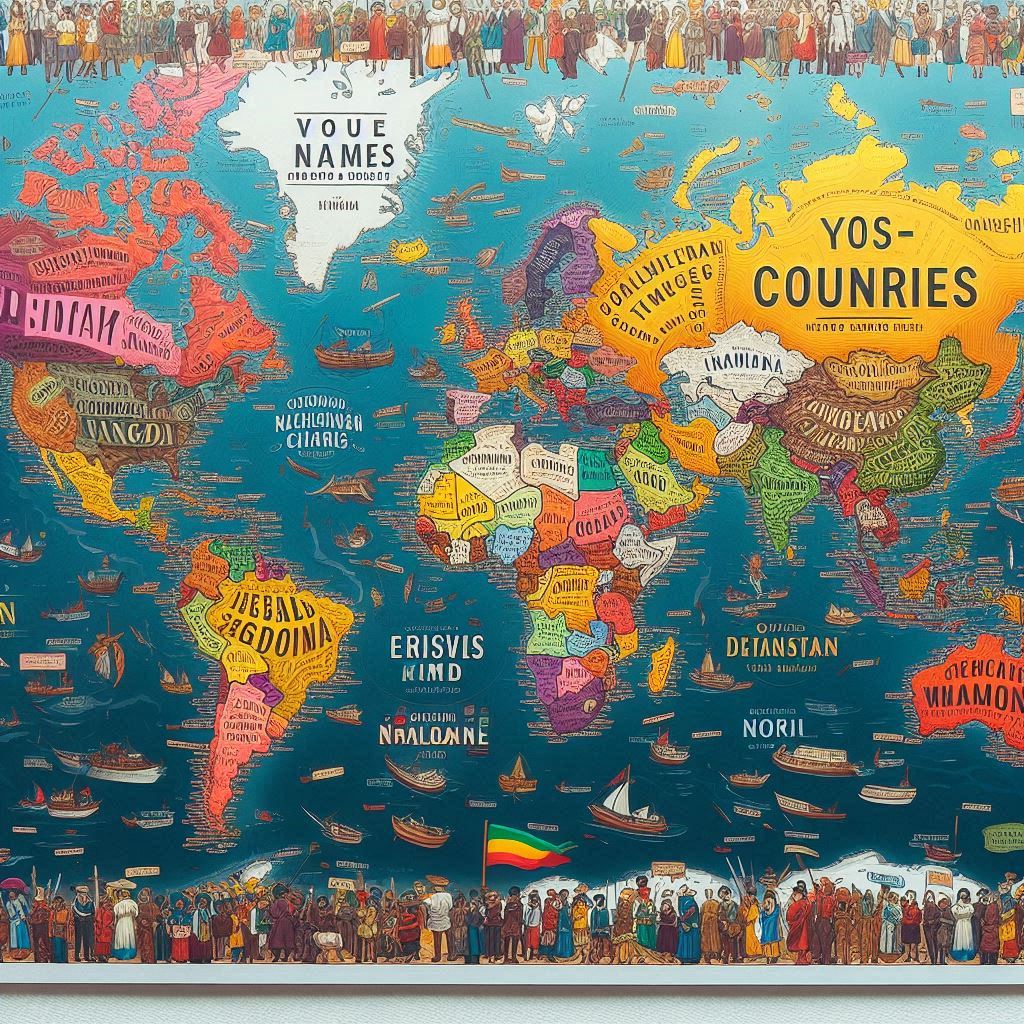A country’s name is more than just a label on a map—it reflects identity, history, and values. Over the years, many nations have changed their names for reasons ranging from independence and decolonization to political shifts and cultural revival. These changes often signal deeper stories about who these countries are and who they want to be. Here are some notable examples of countries that have changed their names—and the reasons behind those changes.
Burma became Myanmar in 1989 when the ruling military government changed the name to reflect what they considered a more inclusive national identity. “Burma” was closely tied to the majority ethnic group, the Bamar, while “Myanmar” is a more formal version of the same name in the Burmese language. Some countries resisted the change for years, citing the government’s lack of legitimacy, but today “Myanmar” is widely used internationally.
Ceylon became Sri Lanka in 1972, after gaining independence from British rule. The name “Ceylon” was a colonial legacy, while “Sri Lanka” translates to “Resplendent Island” in Sanskrit. The change was part of a broader movement to reclaim national identity and break from colonial ties.
Persia became Iran in 1935 at the request of the country’s then-leader, Reza Shah. “Iran” means “Land of the Aryans” and is how the country is referred to in Persian. The goal was to emphasize the nation’s pre-Islamic heritage and unite its diverse ethnic groups under a modern national identity.
Swaziland became Eswatini in 2018, a change announced by King Mswati III to mark 50 years of independence from Britain. “Eswatini” means “Land of the Swazis” in the local language, and the king stated that the old name was too often confused with Switzerland. The new name reflects pride in the country’s native language and traditions.
Holland is now the Netherlands, officially. Though the name “Holland” was commonly used worldwide, it actually referred to just two provinces—North and South Holland. In 2020, the Dutch government launched a campaign to promote the use of the correct name, “The Netherlands,” to present a more unified image globally.
Macedonia became North Macedonia in 2019 after a long-standing dispute with Greece. Greece objected to the name “Macedonia,” as it is also a historical region in northern Greece. The agreement to add “North” cleared the path for North Macedonia to join NATO and continue its journey toward European Union membership.
Upper Volta became Burkina Faso in 1984, under President Thomas Sankara. “Burkina Faso” combines words from two local languages and means “Land of Incorruptible People.” The change was part of Sankara’s push for African self-determination and a move away from colonial-era names.
Zaire became the Democratic Republic of the Congo in 1997 after the fall of Mobutu Sese Seko’s regime. The name “Zaire” had been imposed by Mobutu in a campaign to promote “authentic” African identity, but after his overthrow, the country reverted to its earlier name, reflecting a new political direction.
Rhodesia became Zimbabwe in 1980 after gaining independence from British colonial rule. “Rhodesia” was named after colonialist Cecil Rhodes, while “Zimbabwe” comes from Great Zimbabwe, the ruins of a historic African city and a symbol of indigenous culture and heritage.
Kampuchea returned to Cambodia, especially after the fall of the Khmer Rouge regime. The name “Kampuchea” was used during that dark period, but the country chose to re-establish its international identity with the more familiar “Cambodia,” especially as it began rebuilding and opening up to the world.
Each of these name changes reflects more than a linguistic shift—they represent moments of transformation, new beginnings, and the reclaiming of identity. As countries evolve, their names often follow, telling the world something new about the people and history behind their borders.

Leave a Reply